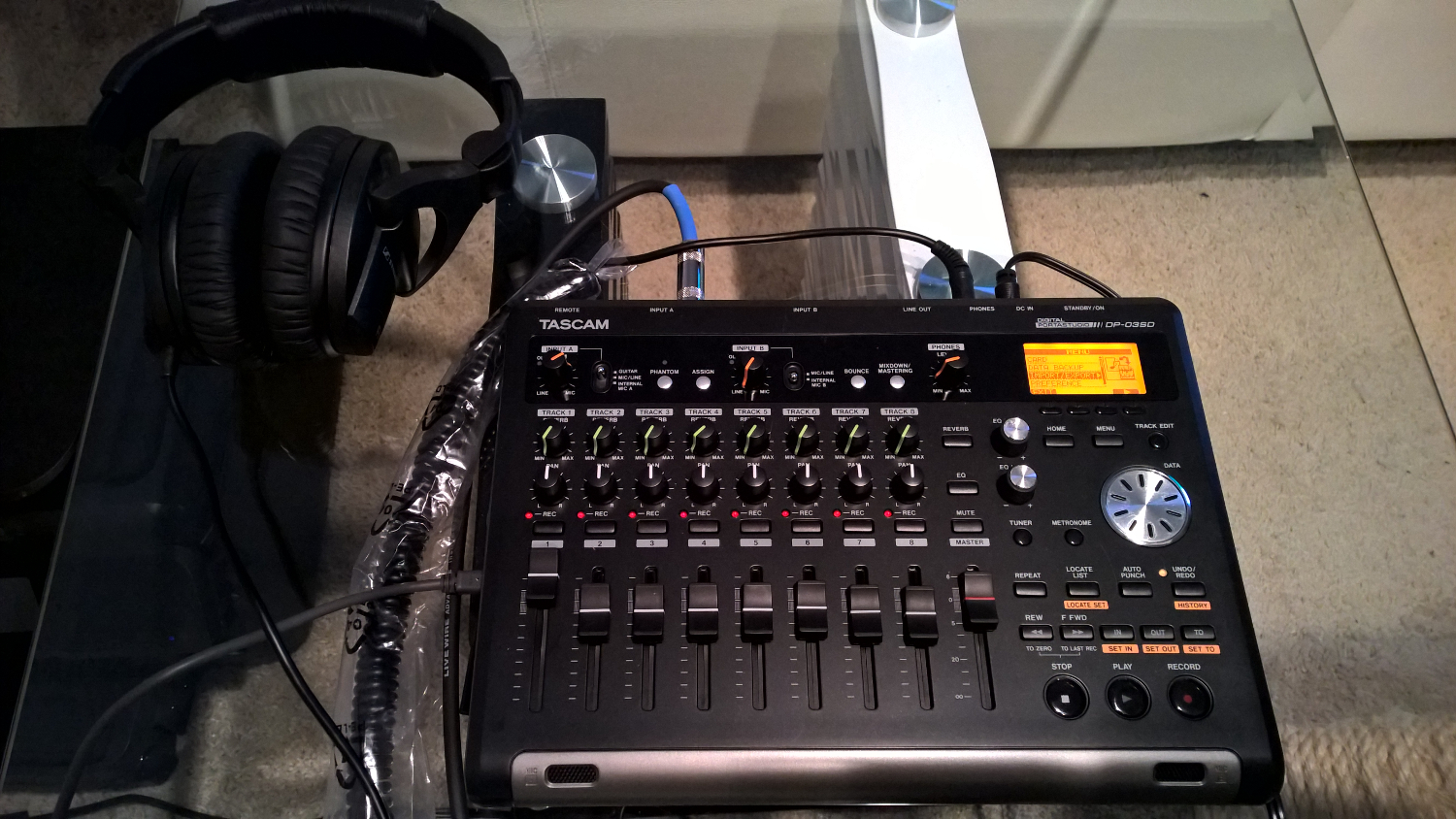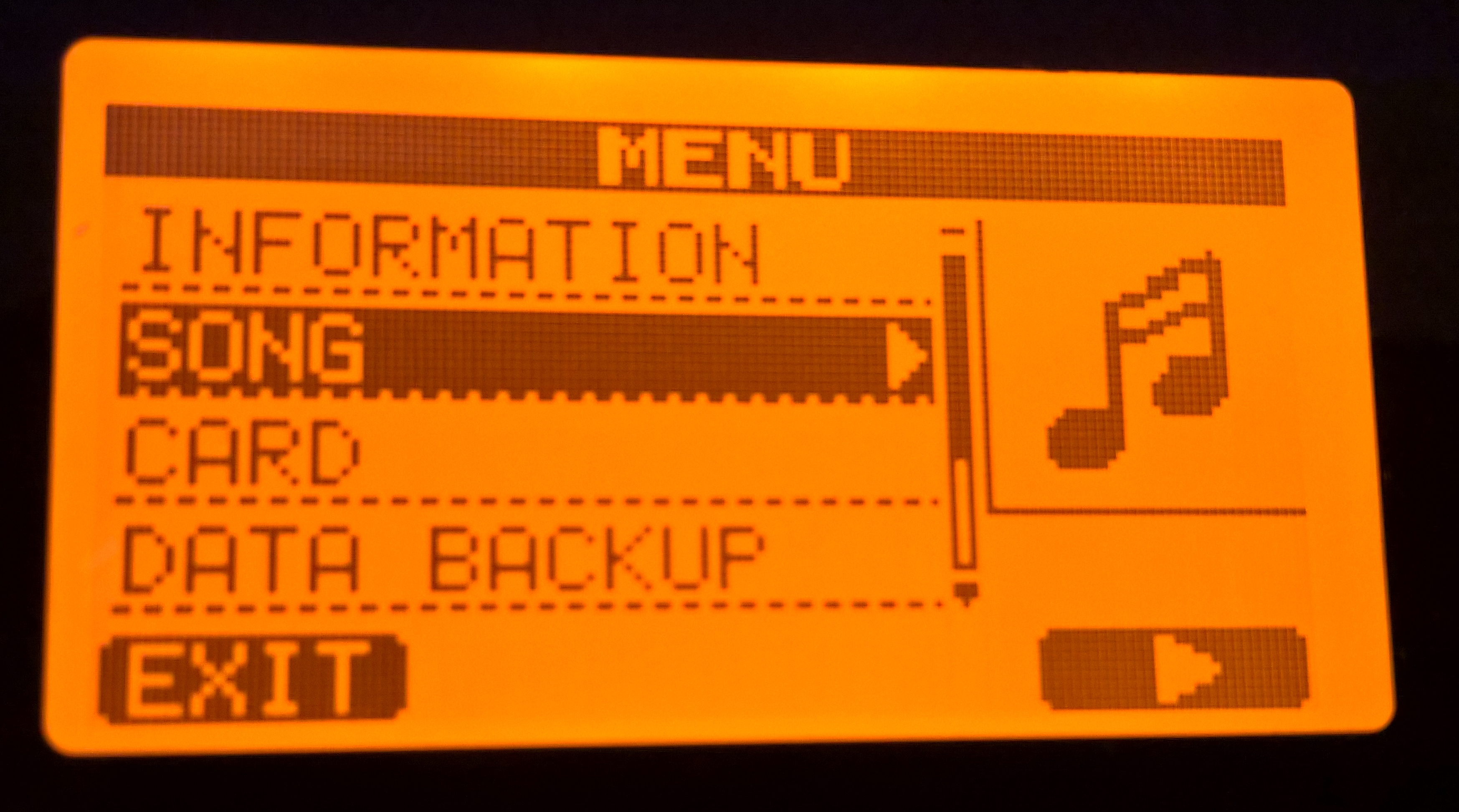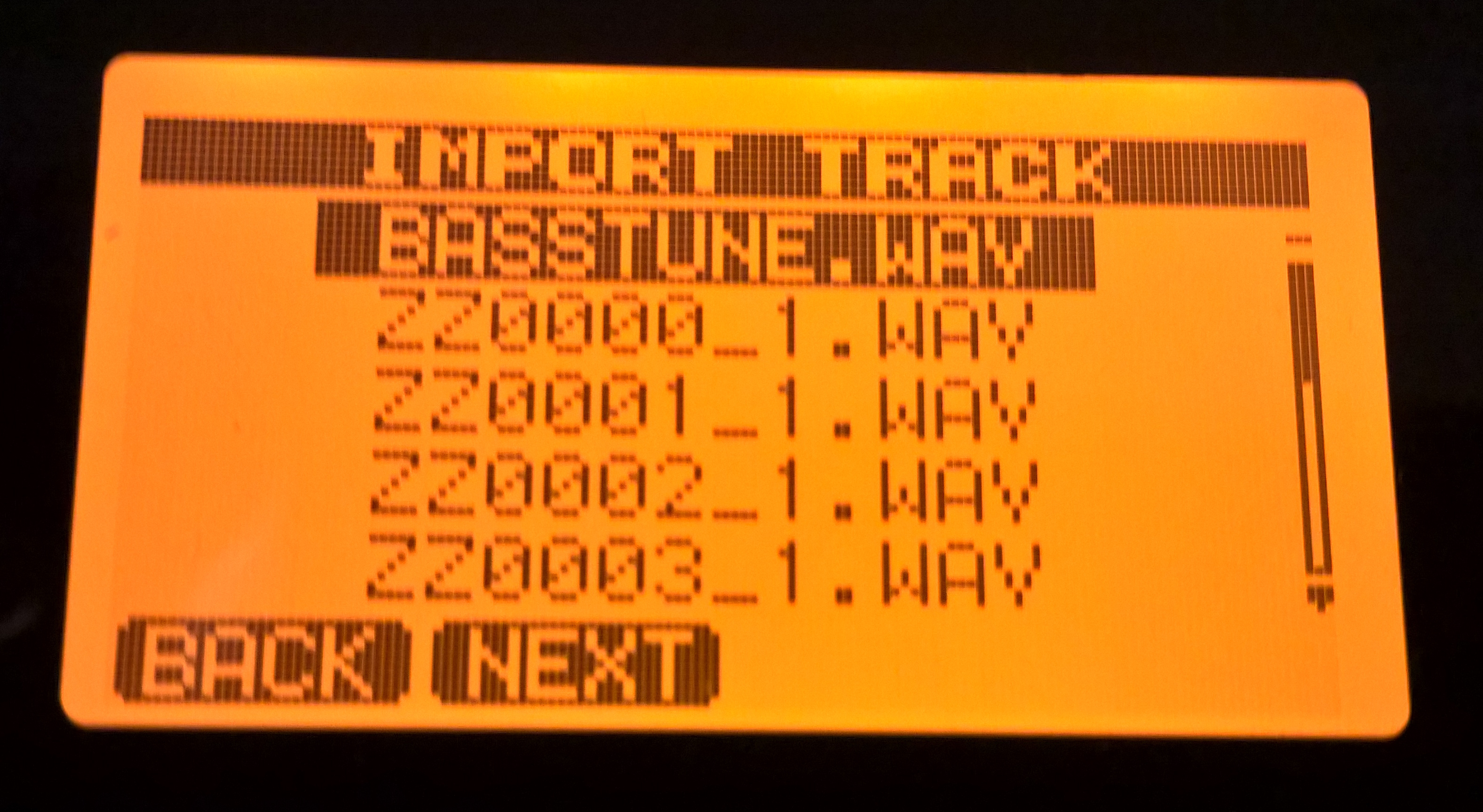I’ve jumped into home recording

I have always adhered to the belief that because sound is analog, it should be recorded, stored, played back and heard as such. It is not meant to be digital, either in form or function, and I am glad to see that there has been a not-so recent resurgence in the vinyl album market as people begin to realize the shortcomings of digital music (or the advantages, if you do it right).
However, a couple of years ago, I went into a Maryland studio with my bandmates to record our latest opus, and was looking forward to what is always a soul-cleansing experience – creation. Taking a song that came from nothing and going through the recording process to create something tangible and permanent is one of the joys of my life. I never get tired of being in the studio, ever.
We had worked with our producer many times before over the last twenty years, from his humble beginnings with a small mixer to his current status as a world-renowned engineer and faculty member at Johns Hopkins’ Peabody Institute. Throughout those years we used many forms of storage for the recordings. We recorded to ADAT, SVHS (the latter dependent on the former and vice versa), even regular old cassette, all sorts of media that was considered the best at the time. Regardless, even though some like ADAT will claim they’re digital, the medium is not; it’s still magnetic tape.
Walking into his studio this time, however, was different. Everything was digital. He still had sliders on the mixing board, but all they did was control sliders on a screen, they were only there for show. I expressed my dismay, but no one else seemed terribly concerned so I shrugged my shoulders and the recording commenced.
When complete, and if I may digress I have to note we recorded the whole album in a single weekend just like Black Sabbath did on their debut work, it was clearly not ready, something was wrong with the sound. It wasn’t us, we hit everything spot on and had our tone down to a science, and it wasn’t our producer who perfectly recorded everything we did. No, it was just simply the sound itself; it lacked warmth and fullness, it was too cold and sterile.
He suggested we send it to be mastered, meaning enhanced and audio-leveled, to someone in New York. We did, and the difference was unbelievable. The guy dumped everything to analog reel-to-reel tape, then back to digital. The warmth and presence punched us all in the groin, knocked us out. Even now, a few years later, I am still floored by the difference.
So now the big question: Why am I telling you all this?
It’s because we have decided to take a cue from so many recording artists, from…well, everyone, actually, and just say the hell with it, jump in with both feet and start recording at home. It’s standard now days for bands to have members scattered about the country, or even the world, and they write and record songs by recording their individual tracks at home, sending them to the other band members who add theirs, then it all gets mixed down into a song!
I bought a $249 TASCAM DP-03SD, which only has 8 tracks, but being a lowly bass player I shouldn’t need more. Of course, the first thing I got after that was a zip file with 10 tracks! That zip file, by the way, came from the guitar player who lives in Baltimore. While we’re on the subject, his cousin the singer lives in Baltimore as well and our drummer is in Las Vegas.
So as you can see, being able to record our parts at home and send them around, letting each person do their part at their pace, is a substantial time, inconvenience and cost savings.
So back to the TASCAM. That’s a picture of it in the header, and it has a surprisingly effective interface. The scroll wheel, which you can also see in the header, navigates the menu, and an [EXEC] button chooses your selection – that’s generally it for surface use. The range of functions is expected, with the ability to import/export, cut, cleanse (erase), apply effects, set in and out points, punch, and everything else you’d find in an actual factual recording studio. There’s even a metronome and a chromatic tuner built in, and chromatic tuners are the only kinds of tuners I use.
I should also mention that it has mastering abilities, but I’m not sure I’d want to use that feature on this particular mixer. I’d leave that to the guitar player’s 24-track beast.
You’ll also notice in the header image the kick ass Sennheiser HD-280 pro headphones I use. Sennheiser is a great brand, and since it’s just a home studio they had the perfect price-performance sweet spot. And no, I don’t get any kickbacks for that recommendation. If you’re interested, Tony, the guitar player, uses AKG 240s.
So I fired off a fast bass riff, no effects or production, didn’t even adjust the levels (hence the slight distortion), to see how it all sounded and worked, and it worked out pretty well considering it was right out of the box.
After determining the thing wouldn’t connect to my Mac unless it was plugged directly into a USB port, not a USB port expander, I imported the tracks I was sent and am in the process of recording my tracks right now.
It’s all digital, and I’m not a huge fan of that, but that’s how the winds have been blowing. And with the state of the recording industry today, the fact that bands still get screwed by record labels, there’s very little money in it anymore, and everyone from KISS to Motley Crue has regained control of their libraries, we may as well take the whole process into our own hands, cutting out every middleman. Now we can record what we want, when we want, where we want, and do with it what we want, which is how it should be. If this is how it is done, then this is the way we will do it, and we’ll just master to analog.
I’m pretty excited!
If you’re interested, here’s our most recent video which we created ourselves using Camtasia. It’s another example of us taking full control of everything we create and release, from music to videos to merchandise, and I’m glad we can finally have such ownership. Again, that’s how it should be.
If you’re a horror movie fan, prepare to be in ecstasy.



